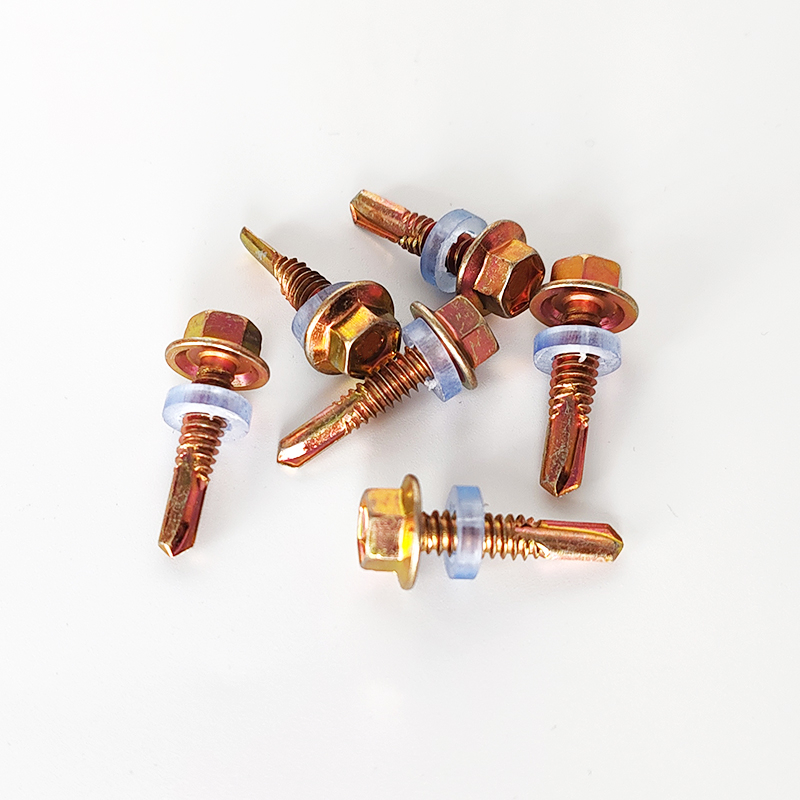Durable Concrete Anchor Bolts for Reliable Construction Applications and Enhanced Structural Support
Understanding Concrete Anchor Bolts A Comprehensive Guide
Concrete anchor bolts are essential components in construction and engineering, providing secure fixation for structures and ensuring stability and safety in various applications. This article explores the different types of concrete anchor bolts, their applications, installation methods, and best practices to ensure optimal performance.
What Are Concrete Anchor Bolts?
Concrete anchor bolts are heavy-duty fasteners designed to attach structural elements to concrete foundations. They come in different shapes, sizes, and materials, tailored for various loading conditions and environmental factors. Typically made from steel, these bolts are often coated to prevent corrosion, which is crucial for longevity in outdoor or harsh environments.
Types of Concrete Anchor Bolts
There are several types of concrete anchor bolts, each suitable for specific applications
1. Expansion Anchors These bolts expand when inserted into a pre-drilled hole, creating a mechanical grip within the concrete. They are ideal for medium-load applications, such as securing brackets or machinery.
2. Lag Shields Used with lag screws, lag shields are designed to anchor into concrete, providing a strong hold for light-to-medium loads. They are useful in applications where the bolt must be removed and reinstalled.
3. Wedge Anchors Wedge anchors are similar to expansion anchors but are specifically designed for heavier loads. They feature a wedge-shaped end that expands against the walls of the hole as the bolt is tightened. These are suitable for dynamic loading situations.
4. Sleeve Anchors Sleeve anchors consist of a threaded bolt and a sleeve that expands against the concrete when turned. They are versatile and can support moderate loads, making them common in securing fixtures and fittings.
5. Headed Anchors These are directly cast into concrete and do not require drilling. They are typically used in precast applications or where the anchor must be part of the concrete structure itself.
Applications of Concrete Anchor Bolts
Concrete anchor bolts are widely used across various industries
- Construction They secure steel structures, beams, and trusses to concrete foundations. Engineers rely on concrete anchor bolts to ensure the stability of skyscrapers, bridges, and other large structures.
- Utilities Concrete anchor bolts are employed in attaching utility poles, traffic signs, and street lamps to ensure they remain secure against environmental forces
.3 4 x 5 1 2 concrete anchor bolts

- Industrial Maintenance Factories and plants use these bolts to secure heavy machinery and equipment, reducing the risk of accidents and enhancing operational efficiency.
- Residential Projects In home construction, anchor bolts are critical for anchoring sill plates to concrete foundations, preventing movement during seismic events.
Installation Guidelines
Proper installation of concrete anchor bolts is crucial for their effectiveness. Follow these steps for optimal results
1. Select the Right Bolt Choose an anchor bolt that matches the specific load requirements and environmental conditions of your project.
2. Drilling Use a hammer drill with a masonry bit to create a hole that matches the diameter of the anchor bolt. Ensure the hole depth is appropriate for the anchor's length.
3. Clean the Hole Remove dust and debris from the drilled hole using a vacuum or compressed air to ensure a secure fit.
4. Insert the Anchor Place the anchor bolt into the hole, ensuring it is properly aligned. For expandable types, follow the manufacturer’s instructions for expansion.
5. Tightening Use the appropriate tools to tighten the bolt securely, ensuring that it has a firm grip in the concrete without over-torquing, which could damage the material.
6. Ensure Curing If the anchor bolts are embedded in freshly poured concrete, allow the concrete to cure adequately before applying any loads.
Best Practices for Longevity
To enhance the durability of concrete anchor bolts, consider the following best practices
- Use stainless steel or hot-dipped galvanized bolts in corrosive environments. - Regularly inspect anchor bolts for signs of wear, corrosion, or loosening, especially in outdoor applications. - Adhere to local building codes and guidelines for specific installations, particularly in seismic-prone areas.
Conclusion
Concrete anchor bolts are a foundational component in modern engineering and construction, ensuring the safety and stability of many structures we rely on daily. By understanding their types, applications, and best practices for installation and maintenance, builders and engineers can make informed decisions that enhance the durability and safety of their projects.
-
Wedge Anchor Bolts: Secure Fastening SolutionsNûçeAug.05,2025
-
Insulation Fixings: Secure and Durable SolutionsNûçeAug.05,2025
-
Full Threaded Studs: Versatile Fastening SolutionsNûçeAug.05,2025
-
Expanding Fasteners: Secure and Reliable SolutionsNûçeAug.05,2025
-
Butterfly Toggle Anchors: Secure and Easy to UseNûçeAug.05,2025
-
Bracing Solutions for Steel StructuresNûçeAug.05,2025
